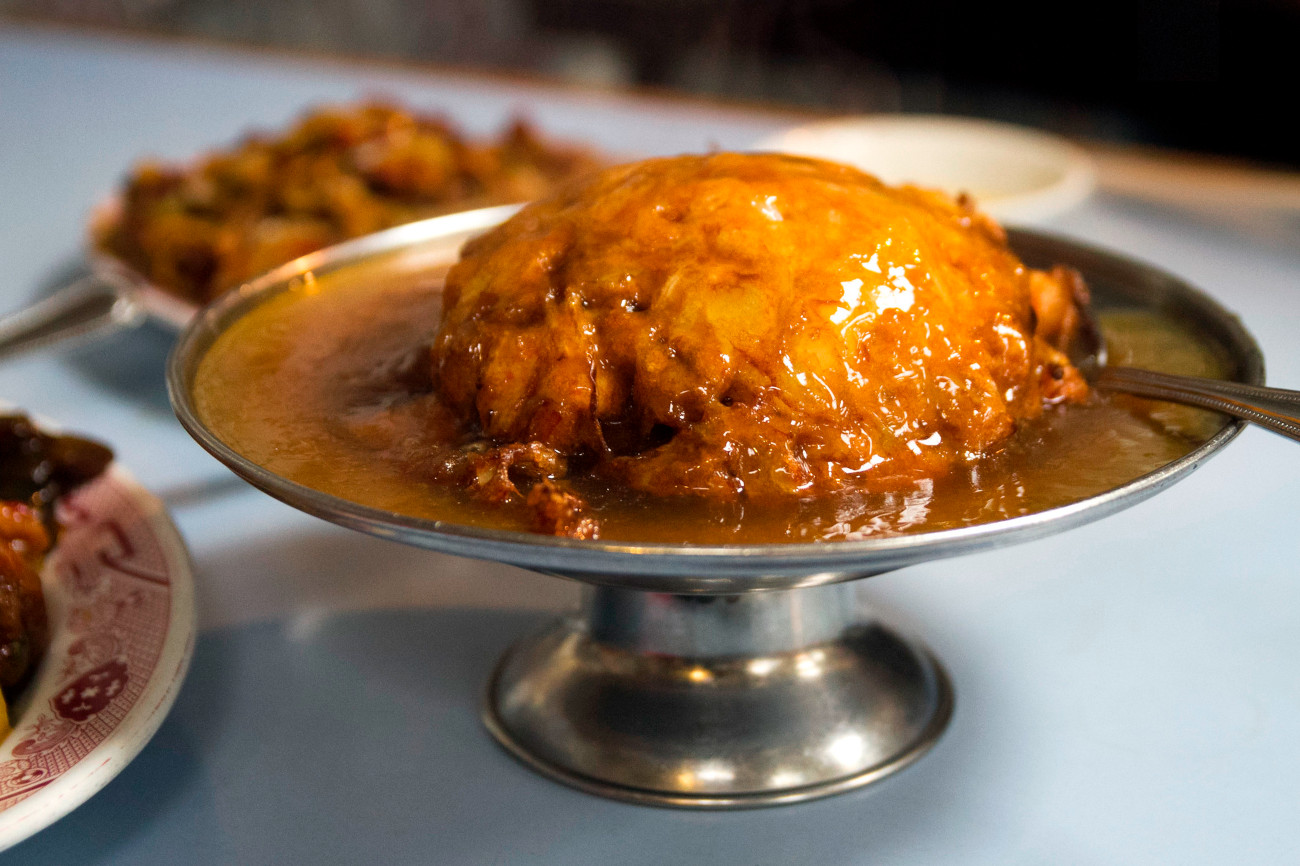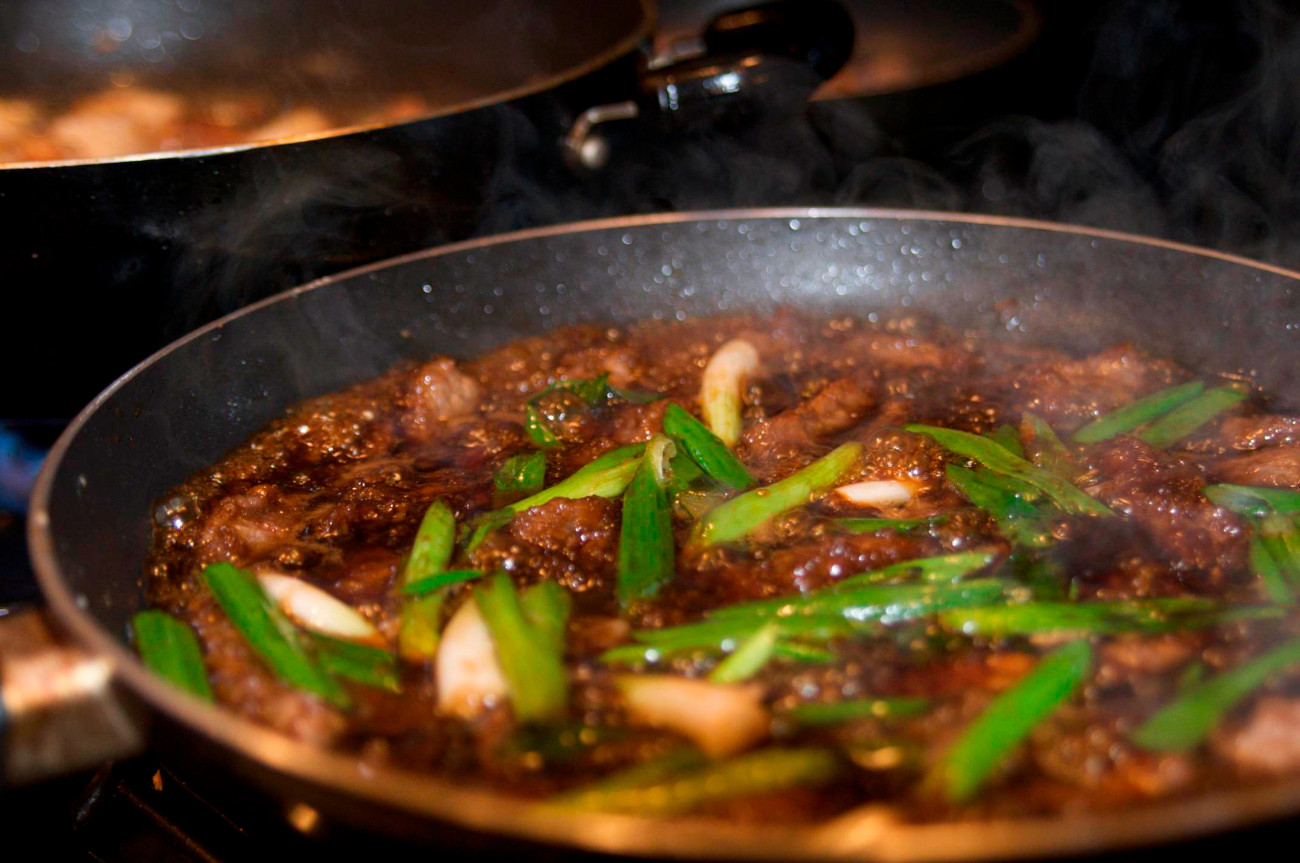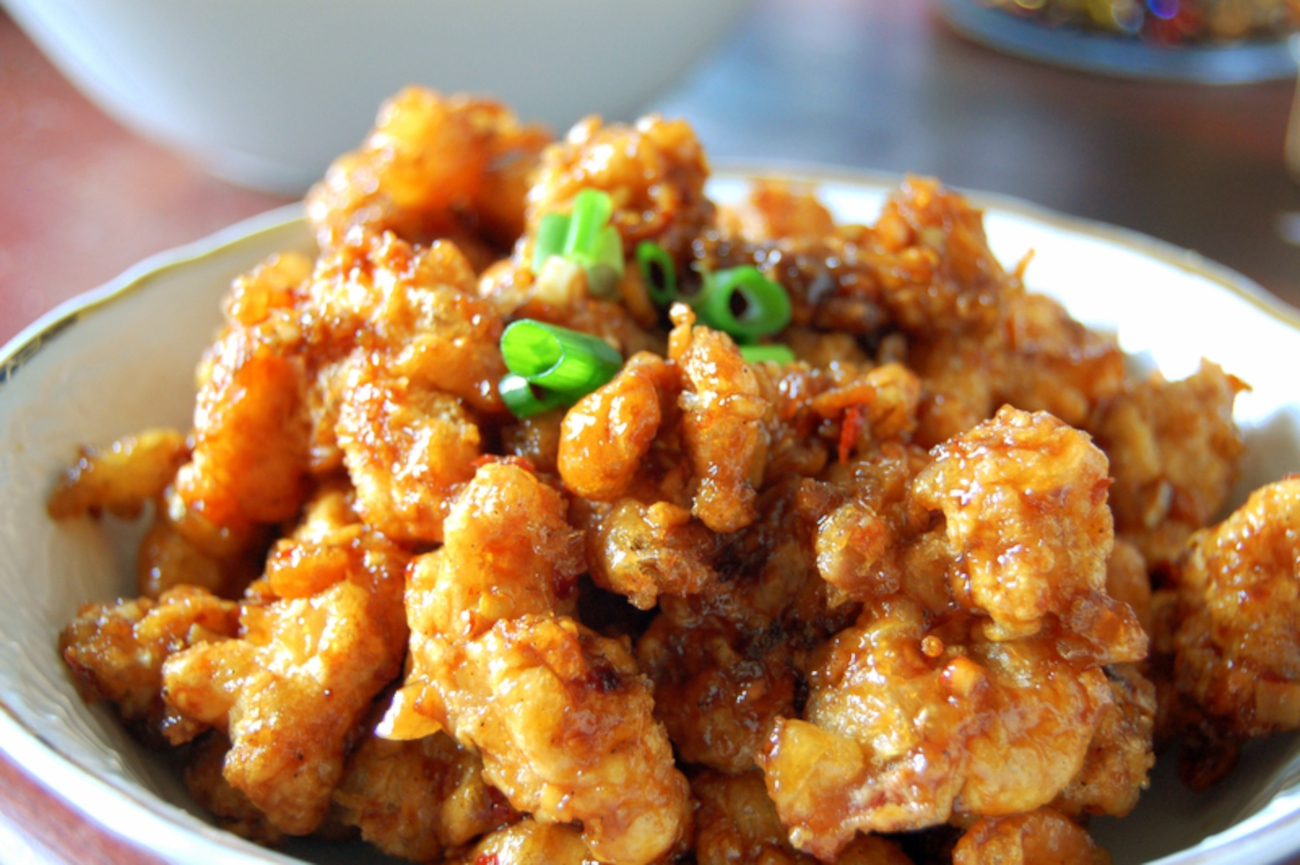Whether it be a hot summer day where you can’t imagine turning on the stove or the coldest, darkest of winter nights, nothing satiates both the stomach and the mind like Chinese takeout. Sure not every part of the U.S. has the sort of sweet, fried, pork-filled takeout that I’m talking about, but those who do eat it understand just how much it’s become a part of the fabric of dinners (and some serious cravings). What if I told you that the most popular takeout dishes aren’t from some far-off land but created in places quite closer than you think? Here are just a few of the Chinese takeout dishes that have more domestic origins.
Cashew Chicken

After servicing in the military during WWII and working as a chef in Florida, David Leong moved, once again, to the heartland of America – Springfield, Missouri. Residents weren’t hundred percent won over by the traditional Cantonese fare, so Leong took inspiration from regional Ozark cooking. Most stir-fries used boiled chicken, but Leong turned to the country-fried technique (popularized by a German immigrant in prior decades), he deboned the chicken, cut it into bite-sized pieces, and fried them up. A corn starch-bound gravy consisted of oyster sauce, light and dark soy sauce, chicken stock, sugar, ginger, salt, and pepper mixed with the fried chicken. And finally, a healthy dose of cashews was thrown into the mix. Known locally as Springfield cashew chicken, its fame has spread globally.
Egg Foo Young

Meats and vegetables bound by eggs and cooked in a roaring hot wok are an endearing classic — egg foo young. And while there are thin, disc-shaped egg dishes in China, egg foo young was as thick and filling as an American breakfast pancake, and that was exactly what it was trying to mimic. Chinese immigrants working during California’s Gold Rush stretched already small food supplies while ameliorating the American suspicions of foreign food. Scraps of food were mixed into a batter of eggs and fried until crispy and golden on the outside. Covered in brown gravy, egg foo young was an easy and cheap way for miners and gold prospectors to fill up their stomachs.
Mongolian Beef

Mongolian beef is very deceiving as it has no historical or culinary connection to Mongolia. 1950s Taiwanese restaurateur and comedian Zhao Nan Wu is the brainchild behind Mongolian beef. Taiwan being occupied by Japan during WWII saw things like teppanyaki hit the streets of Taiwan’s culinary scene. Wu riffed on the teppanyaki concept, allowing customers to pick and choose their meat and vegetables and cook them up. This meat and seasoning combination — scallions, ginger, soy, sugar, and flank steak — were such a popular pick among diners, that it got its name – Mongolian beef. Wu’s restaurant chose to call it Mongolian to create a sense of pleasurable exoticism. By the 70s and 80s, the grilled, sizzling meat trend hit all-time highs with things like Mexican fajitas and Japanese hibachi in the US, so Mongolian beef fit right into the wave of new, “foreign” food. The once sizzling plate of beef became a convenient stir-fry dish, and of course, became much sweeter in the states.
Orange Chicken

Sauteeing chicken with leftover orange rinds, lemon rinds, garlic, chilies, and soy sauce was an actual dish in the 1800s Guangdong region of China. Yet the citrusy sweet orange chicken we know today harkens back thirty-plus years ago. In 1987 executive chef of Panda Express Andy Kao created a hit dish, fried chicken nuggets tossed in a sweet and sour sauce that had a tart kick of orange. The mellow flavor profile is neutral but interesting enough to children and adults alike.
General Tso’s Chicken

Call it inspiration or copying, but when executive chef Tsung Ting Wang went to plan his menu he traveled. Seeing a Hunan dish in a famous restaurant in Taiwan’s capital Taipei, owned by a renowned chef Chang Kei Peng, Wang looked at the idea and ran with it. Once stateside, he altered the recipe, making the chicken crispier and the sauce sweeter. Peng, who went to open up a restaurant in Manhattan the following year, was angered to see his dish already being eaten. In Manhattan Peng was accused of ripping off Wang, even though it was the other way around. He, too, saw that Huananese food needed to be altered for different clients. And so Peng, like Wang, made his version of General Tso’s sweeter. Although it may come from a dish in Taiwan, the flavors and textures are very far from the original Taiwanese recipe.













